We proceed from the end of the last post, where we encountered a problem. The dynamic range was just too big to be captured in a single shot. So how do you deal with a problem like that? Well, it’s pretty simple. The answer is HDR (High Dynamic Range)! Now, don’t worry about what HDR is and how to do it – there will be more on that in a future post. Let’s just say that it allows us to extend the dynamic range of the picture. Remember that picture from the last blog? It is part of an HDR set. Here’s the full HDR:

D300 + 14-24mm @ 24mm HDR
You’ll notice that it’s a bit surreal looking – unfortunately, that effect is sometimes inescapable.
HDR is a useful tool sometimes, but the situation has to be appropriate. Typically, it is used for the middle of the day, where the light and shadow are too different. Admittedly, this is a fine application.
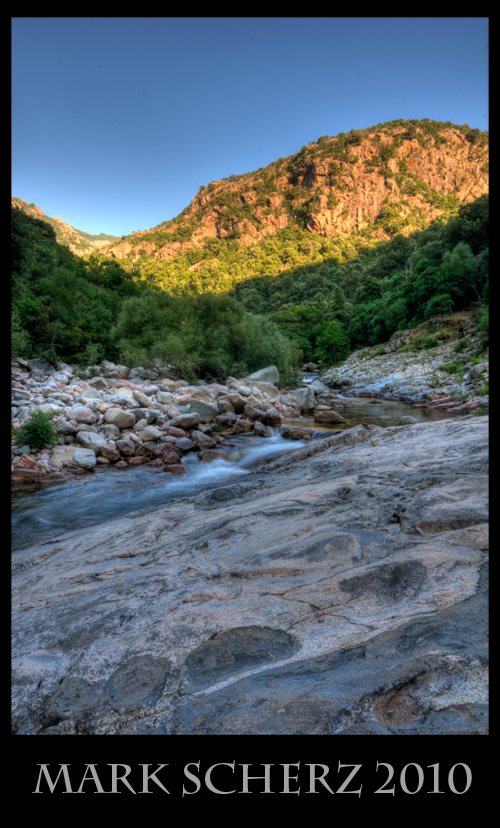
D300 + 14-24mm @ 16mm HDR
Another fantastic and underappreciated use is a (lower quality) alternative to a Neutral Density (ND) filter, whose job it is to make exposures longer, typically resulting in beautifully blurred rivers with a bright day sky (an effect otherwise only possible when it is quite dark outside).
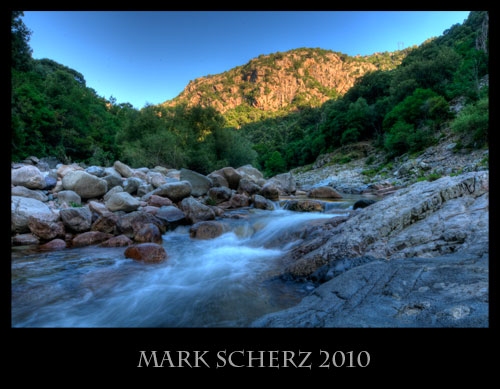
D300 + 14-24mm @ 14mm HDR
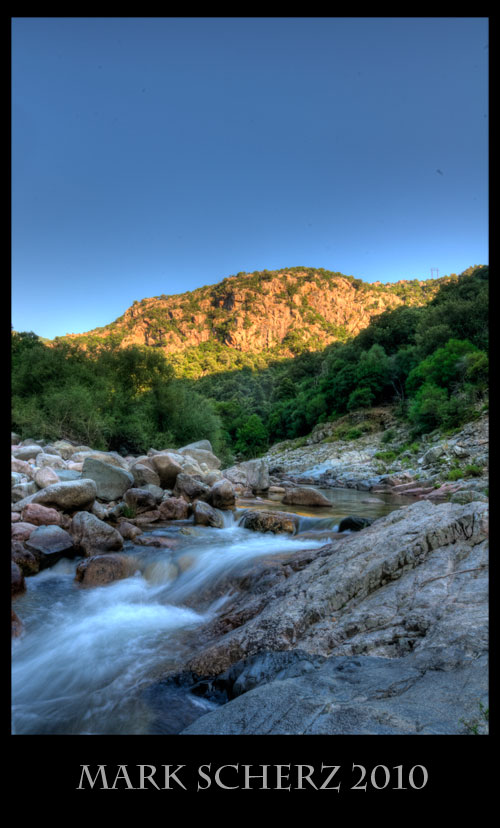
D300 + 14-24mm @ 14mm HDR

D300 + 14-24mm @ 16mm HDR
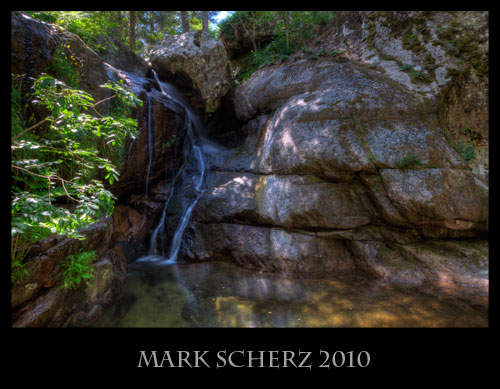
D300 + 14-24mm @ 15mm HDR
I find it actually makes for pretty interesting sunsets too. Much more realistic to the moment. Still, I’m not sure if I prefer it to the gorgeous, limited sunsets that are generated when you only have a fraction of the dynamic range.
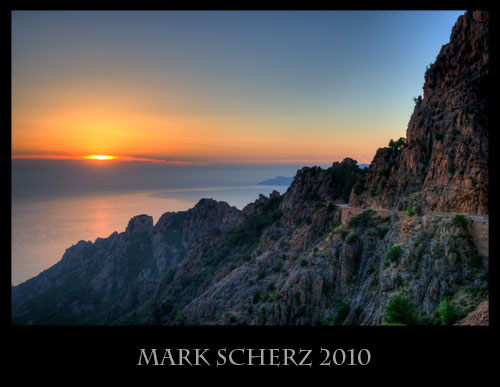
D300 + 14-24mm @ 24mm HDR
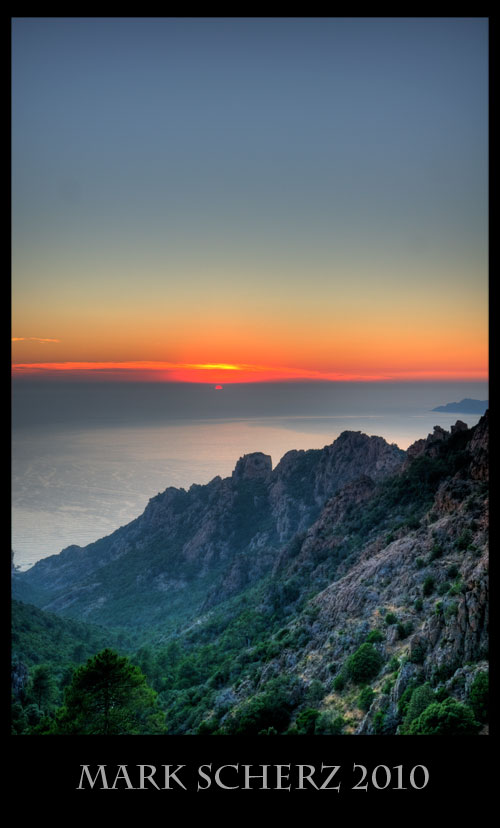
D300 + 14-24mm @ 24mm HDR
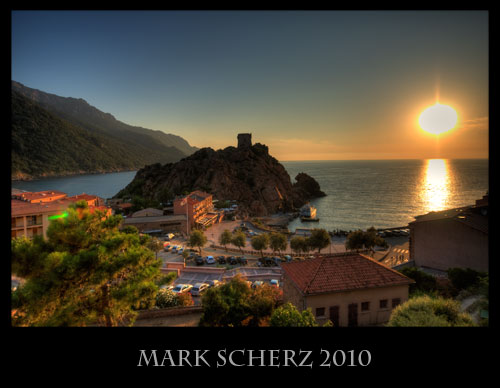
D300 + 14-24mm @ 14mm HDR
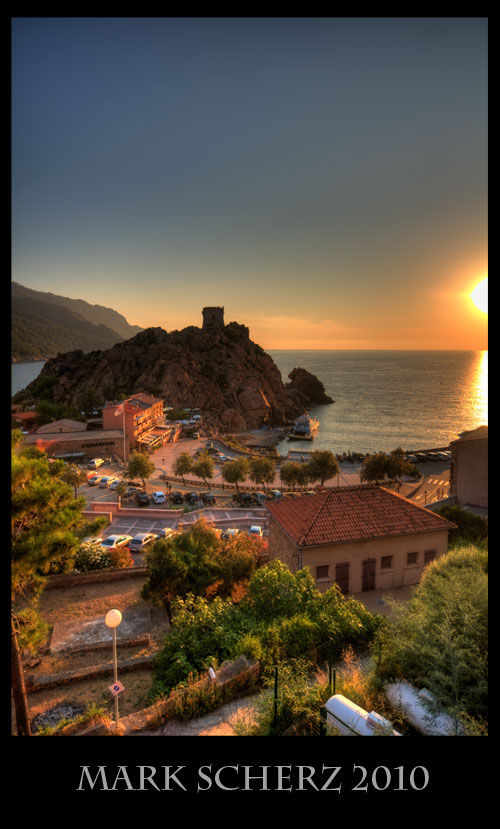
D300 + 14-24mm @ 14mm HDR
Anyways, more HDR will be forthcoming at some point, but this concludes the landscapes of Corsica. Next: Critters of Corsica!
Let me end by saying, the latest post from Corsica, had the best reception of any post yet. Almost 2000 veiws in two days. Amazing. Thanks for stopping by!


Pingback: Critters of Corsica « Shutters and Technicalities